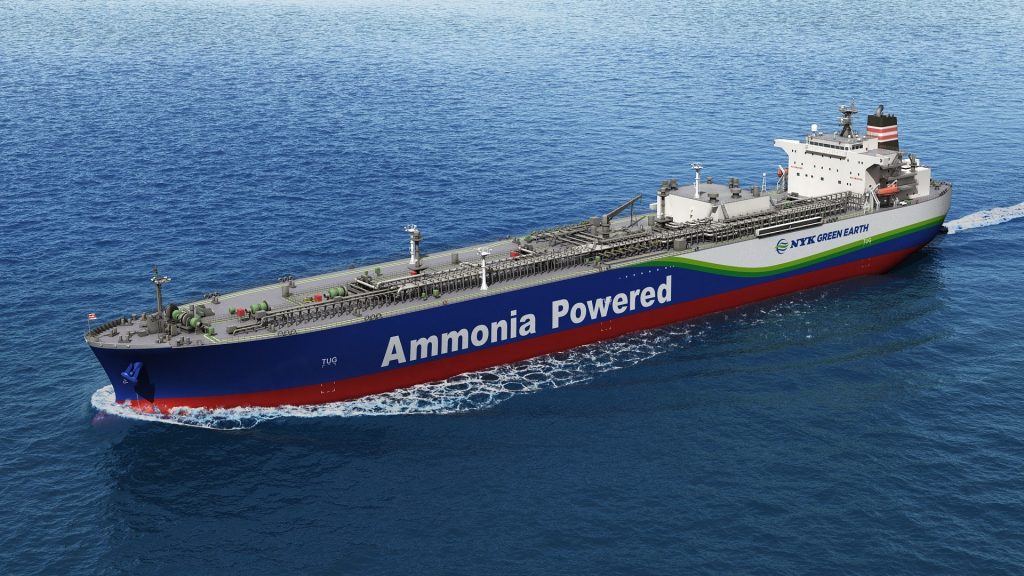Ammonia faces major cost and safety hurdles as a shipping fuel compared to others, such as liquefied natural gas (LNG), methanol, and biofuels. Jeslyn Lerh underlines ammonia’s appeal is that it is carbon free, and would be a zero-emission fuel if made from hydrogen produced with renewable electricity.
Globally, only 25 ammonia dual-fuel ships have been ordered as of 2024, trailing a fleet of at least 722 LNG-fuelled ships and 62 methanol-fuelled ships as of the same year which includes orders and ships that are already in operation.
Furthermore, refuelling ships, or bunkering, poses particular challenges with ammonia, which can cause acute poisoning and damage to the skin, eyes, and respiratory tract.
A study by the Global Centre for Maritime Decarbonisation (GCMD) identified 400 risks associated with ammonia bunkering, which it says can be mitigated with measures such as emergency-release couplings to shut systems when a leak is detected.
Powering ships with ammonia can cost two to four times more than with conventional fuels, industry figures show, due to limited supply for the marine sector and an energy density about two-and-a-half times lower than traditional fuel.
Tags: Ammonia, GCMD, Zero Carbon



Recent Posts
FueLNG Completes 400th LNG Ship-to-Ship Bunkering Operation in Singapore
Port of Gothenburg Hosts First Bunkering of Swedish-Produced Biomethane for Maritime Sector
UrbanLink Expands REGENT Seaglider Order, Driving Forward Zero-Emission Coastal Travel in Florida and Puerto Rico
HD Hyundai Executive Vice Chairman Holds Landmark Talks with U.S. Trade Representative on Shipbuilding Cooperation
ZeroNorth and Veracity by DNV launch end-to-end emissions reporting and verification service for the maritime industry
Hapag-Lloyd Expands ‘Hamburg Express’ Class Fleet with Delivery of Genova Express
Bureau Veritas calls for standardized safety regulations to accelerate adoption of electrification technology
ABS Publishes Safety Insights for Ammonia as a Marine Fuel